RG and RG/A bearings EN 1337-3
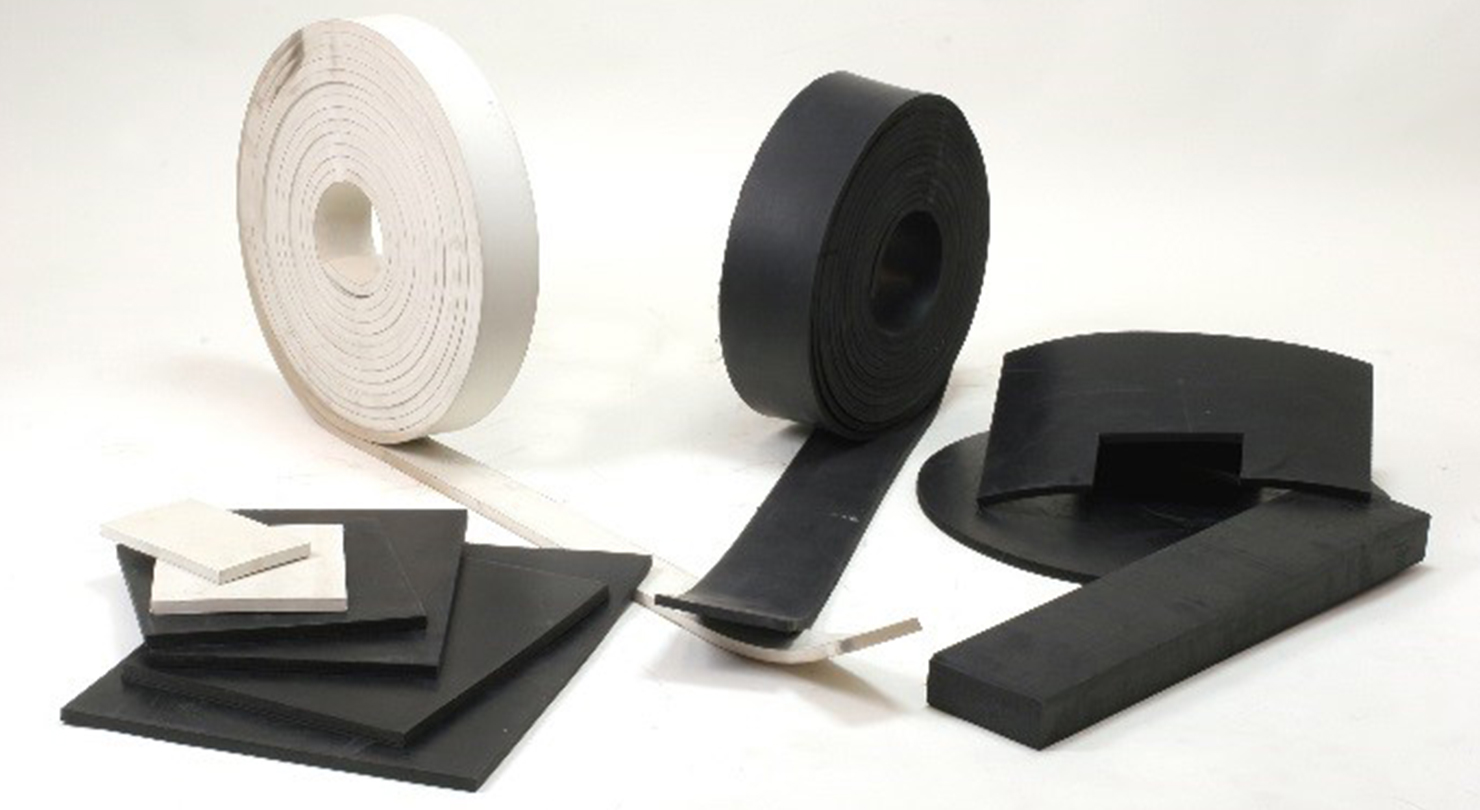
RG and RG/A bearings EN 1337-3
Description
RG and RG/A EN 1337-3 bearings are composed by NR rubber layers, realized following European Normative EN 1337-3, realized through vulcanization in special dice with interposed steel plates which dimensions are a little less than the same bearings due to result completely wrapped up into the rubber to prevent corrosion.
On every bearing there is marked CE mark.
RG/A EN 1337-3 bearings are suitable for the application in a temperature range from -30°C to +50°C (till +70°C for short periods) (Type A, B and C).
Materials characteristics
RG and RG/A EN 1337-3 bearings should be done with external straight or streaked plates vulcanize to the rubber (Type C).
Our serial production use materials in accordance with normative UNI EN 1337-3 with the followings rubber technical characteristics:
- Hardness Shore A 60±5
- G modulus 0,9 N/mm²
- Instead, RG bearings are done entirely in natural rubber (Type F1, F2).
Products placing
RG and RG/A EN 1337-3 bearings have to be put on the right level on the column or beam.
| RG Rubber properties | M.U. | Requirements | Test methodology |
|---|---|---|---|
| Hardness | IRHD | 60 | ISO 4894 |
| Hardness range | IRHD | ± 5 | ISO 4894 |
| Resistance at break | MPa | ≥ 16,00 | ISO 37/94 |
| Elongation at break | % | ≥ 425 | ISO 37/94 |
| 25% Compression set 24h 70° | % | ≤ 30 | ISO 815/91 |
| Laceration resistance | N/mm | ≥ 8 | ISO 34-1/04 |
| Hardness variation | IRDN | -5/+10 | |
| Resistance at break variation | % | ± 15 | |
| Elongation at break variation | % | ± 25 | |
| Ozone resistance (25 ppcm 30% 96 h 40°C) | No cracks at sight | ISO 1431-1/04 | |
| Fragility limit temperature | °C | ≤ 40 | ISO 812/91 |
| Rubber-metal attack | N/mm | ≥ 7 | ISO 813/97 |
| G modulus | MPa | 0,9 | E 1337-3/05 |
| RG/A Rubber properties | M.U. | Requirements | Test methodology |
| Hardness | IRHD | 60 | ISO 4894 |
| Hardness range | IRHD | ± 5 | ISO 4894 |
| Resistance at break | MPа | ≥ 16,00 | ISO 37/94 |
| Elongation at break | % | ≥ 425 | ISO 37/94 |
| 25% Compression set 24h 70° | % | ≤ 30 | ISO 815/91 |
| Tear resistance | N/mm | ≥ 8 | ISO 34-1/04 |
| Hardness variation | IRDN | -5/+10 | |
| Resistance at break variation | % | ± 15 | |
| Elongation at break variation | % | ± 25 | |
| Ozone resistance (25 ppcm 30% 96 h 40°C) | No cracks at sight | ISO 1431-1/04 | |
| Fragility limit temperature | °C | ≤ 40 | ISO 812/91 |
| Rubber-metal attack | N/mm | ≥ 7 | ISO 813/97 |
| G modulus | MPa | 0,9 | E 1337-3/05 |
| Steel properties for Plate of armour S235JR | M.U. | Requirements | Test methodology UNI EN |
| Tensile strenght at break | N/mm² | R > 400 | 10025 |
| Exhaustement tension | N/mm² | Rs > 320 | 10025 |
| Elongation at break | % | A > 19,8% | 10025 |
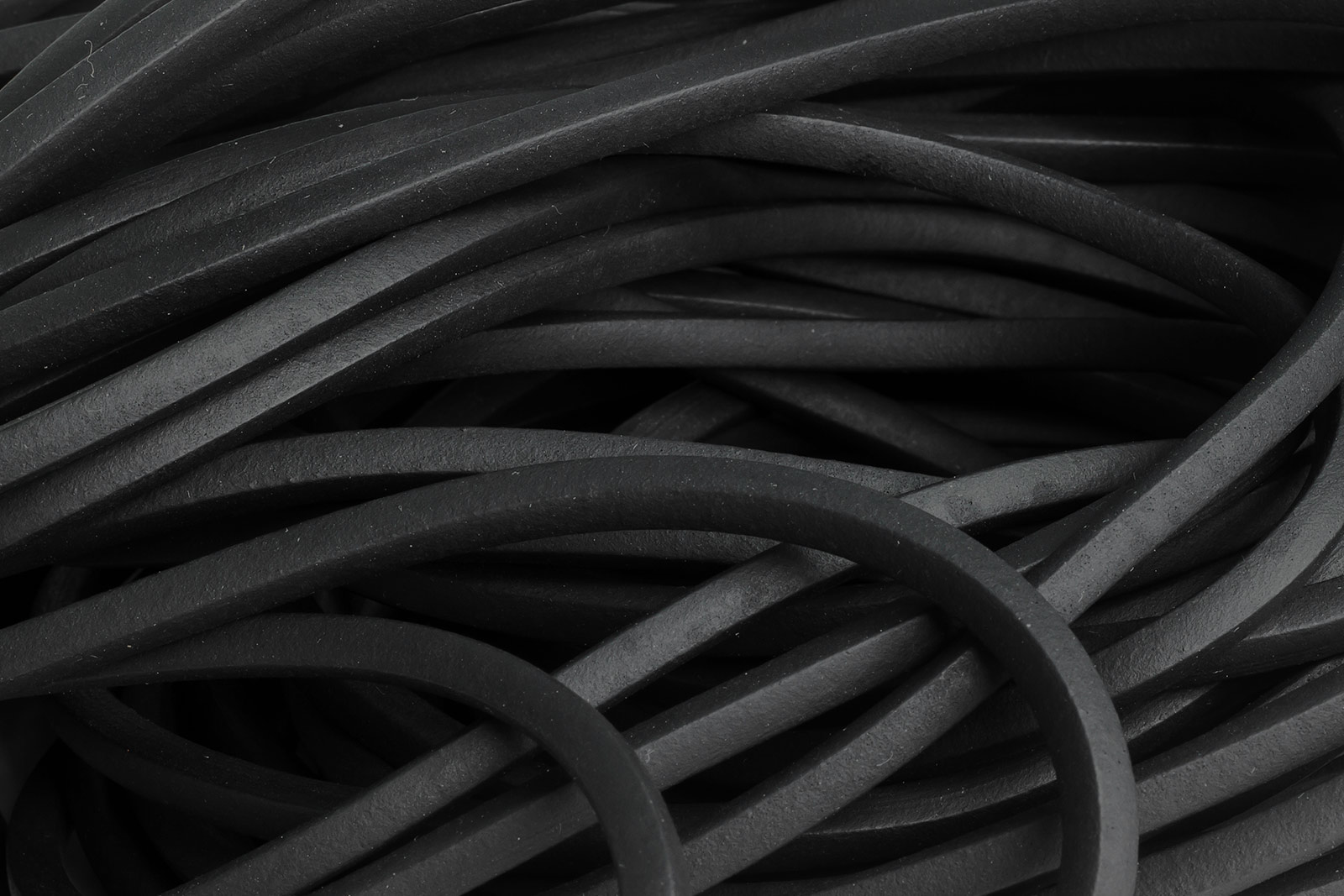

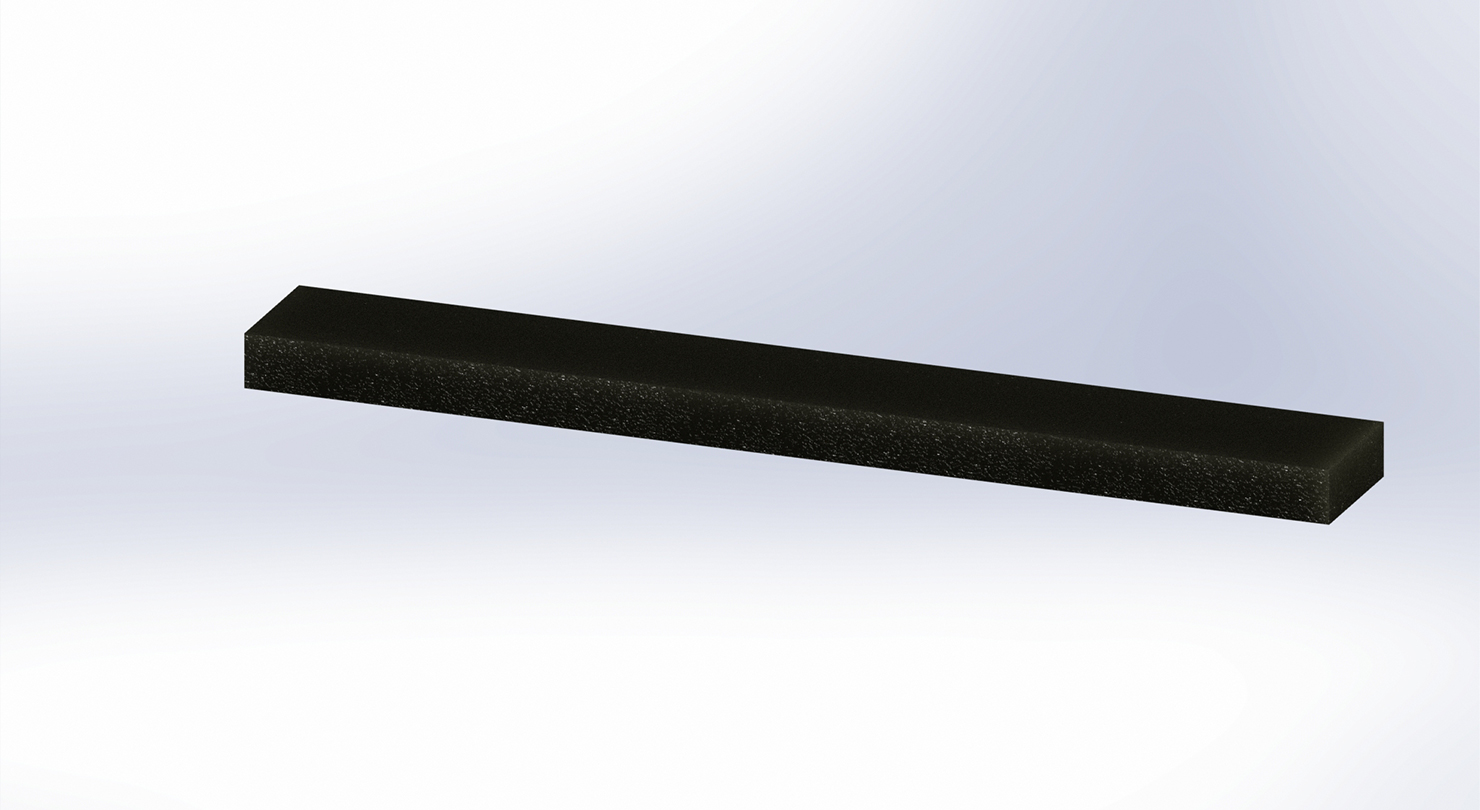
RG EN 1337-3 bearings Type F1, F2
It is the simplest bearing, consisting of a rubber layer that it could have any kind of thickness, dimension and shape, without any anchorage system of mechanical nature to the structure.
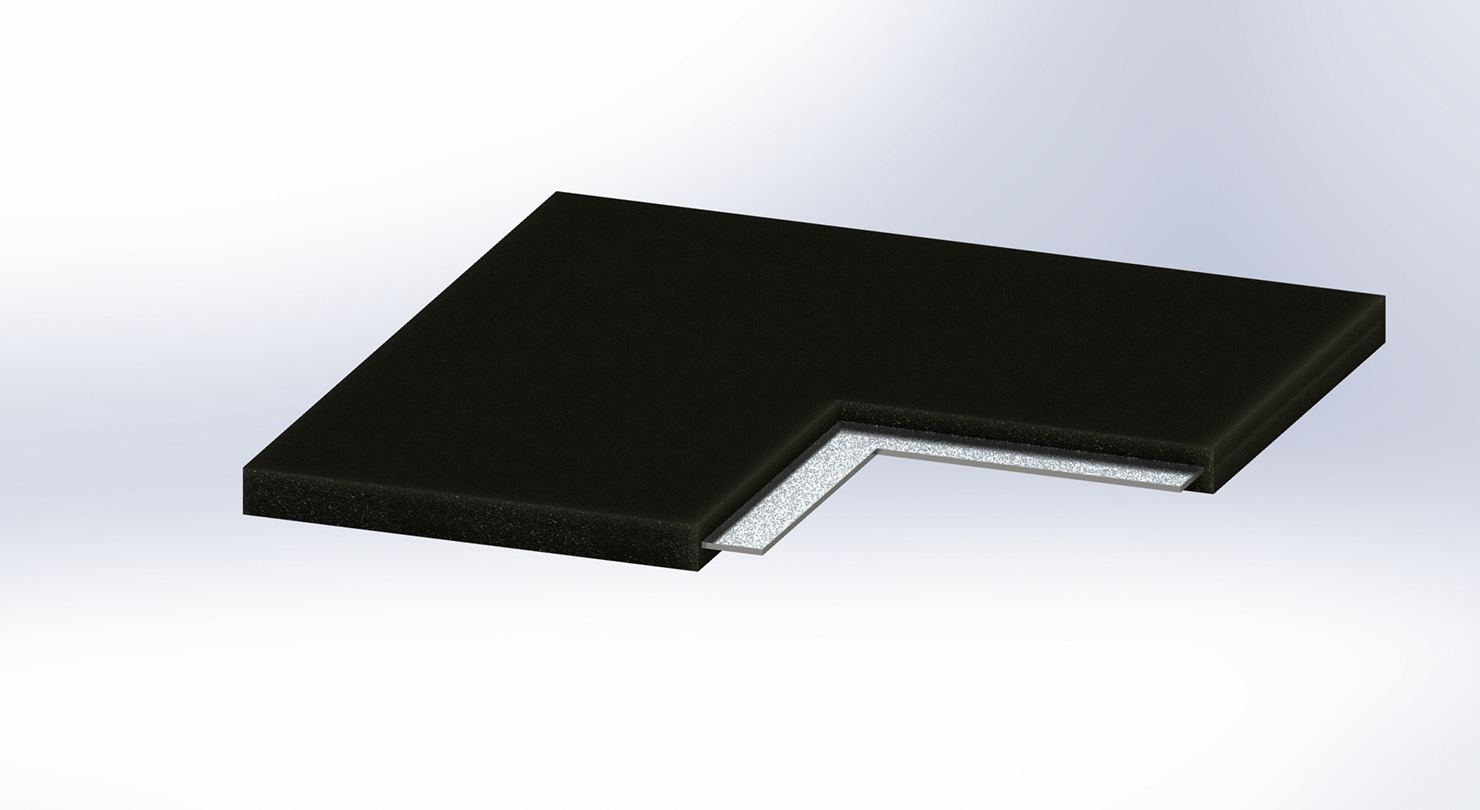
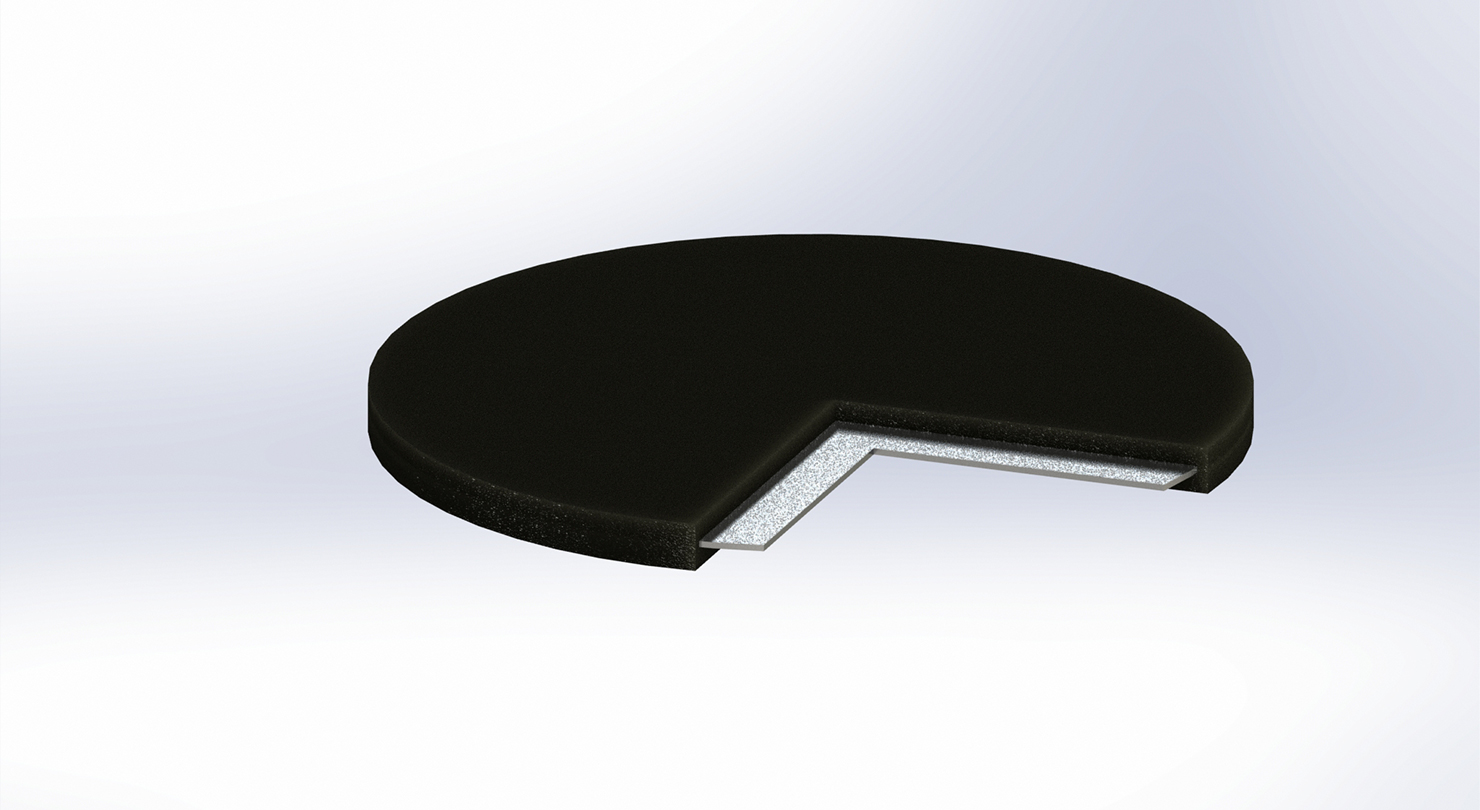
RG/A bearings EN 1337-3 Type A
It is the standard type consisting of a steel plate vulcanized in the rubber, without any anchorage system of mechanical nature to the structure.
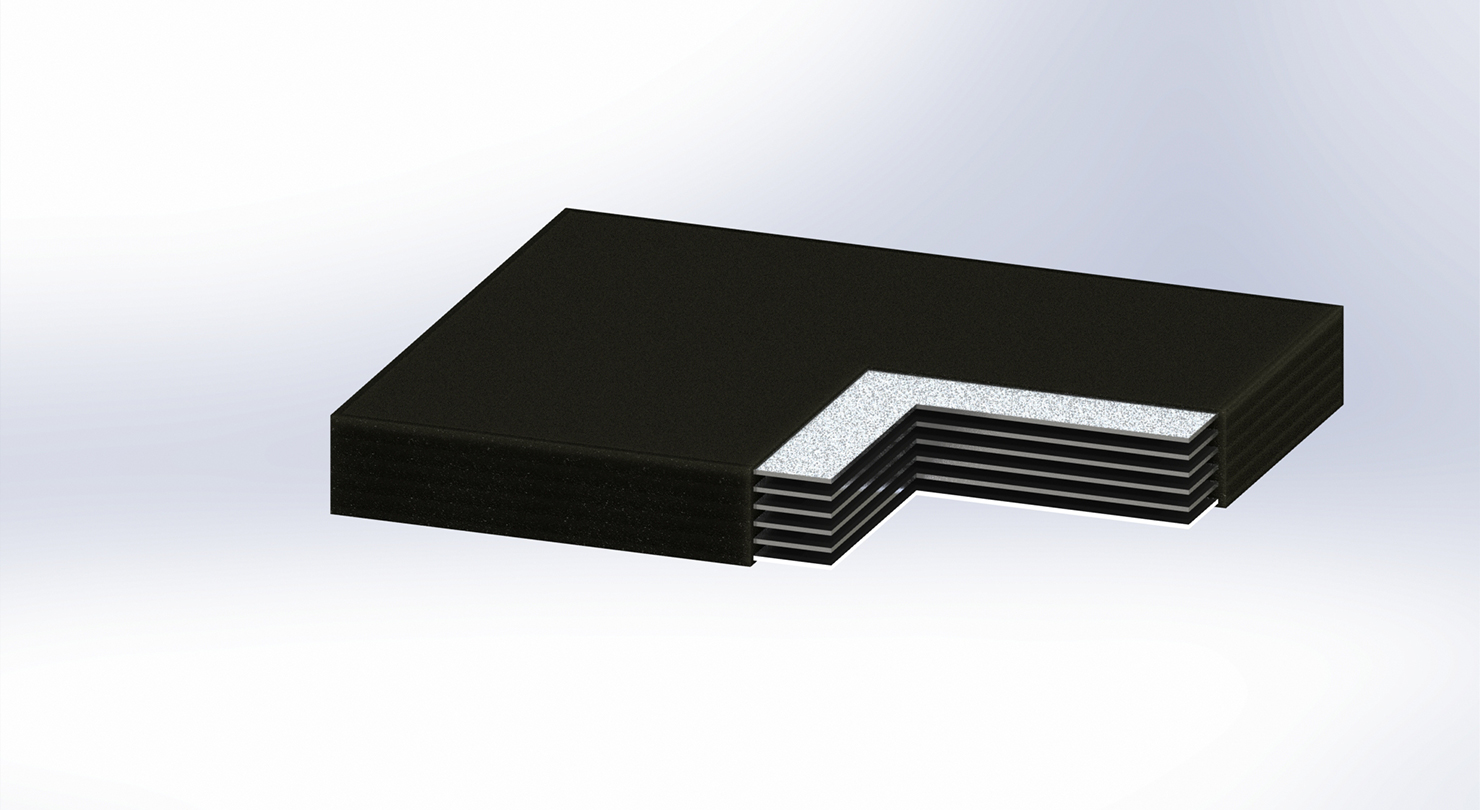
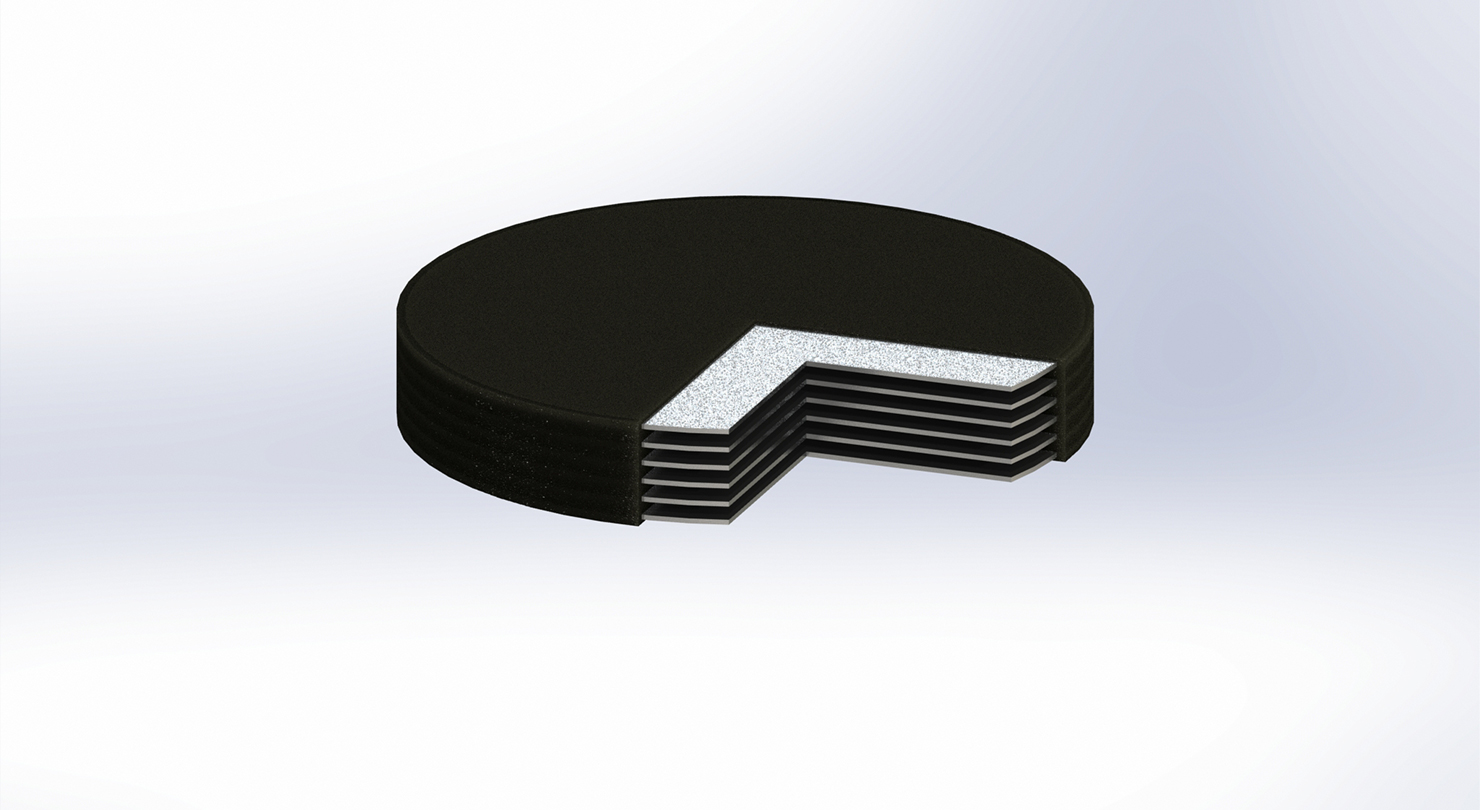
RG/A EN 1337-3 bearings Type B
It is the standard type consisting of alternate layers of rubber and steel without any anchorage system of mechanical nature to the structure.
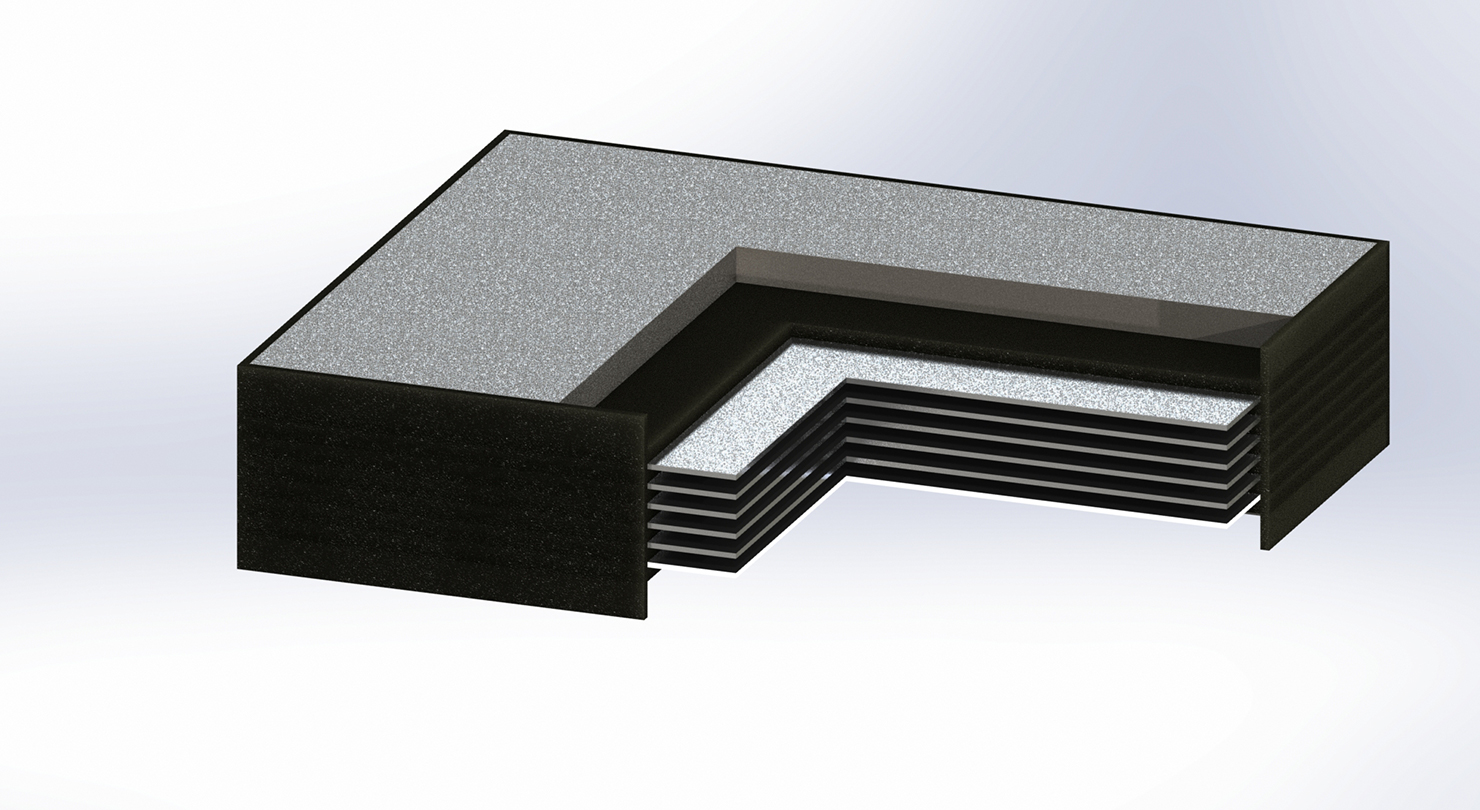
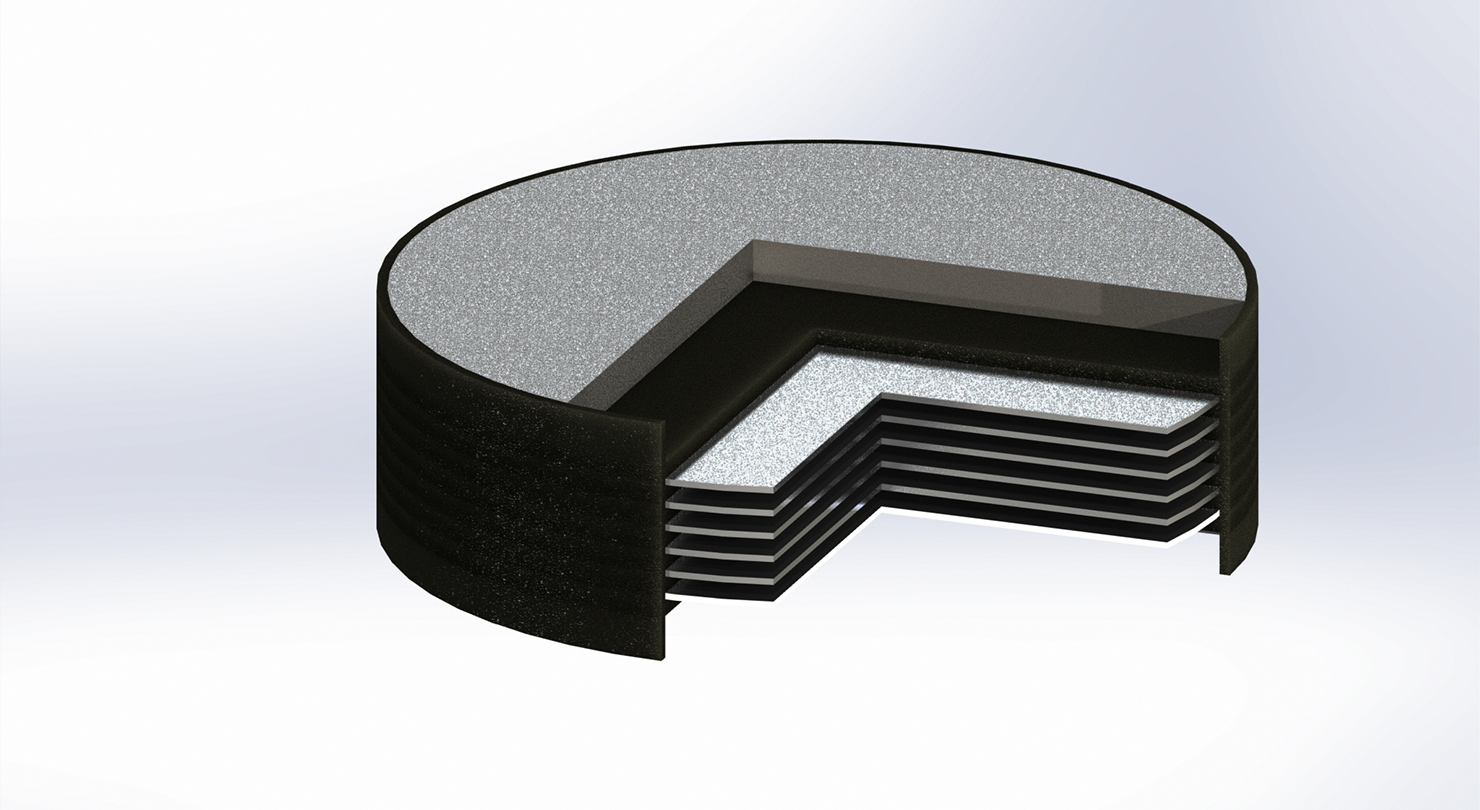
RG/A EN 1337-3 bearings Type C
It is equal to B type but endowed with external plates of fit thickness, with holes for smooth anchorage bars. It is mainly used for cast in situ structures, to decrease the risk of skid. (It could be supplied also without holes).
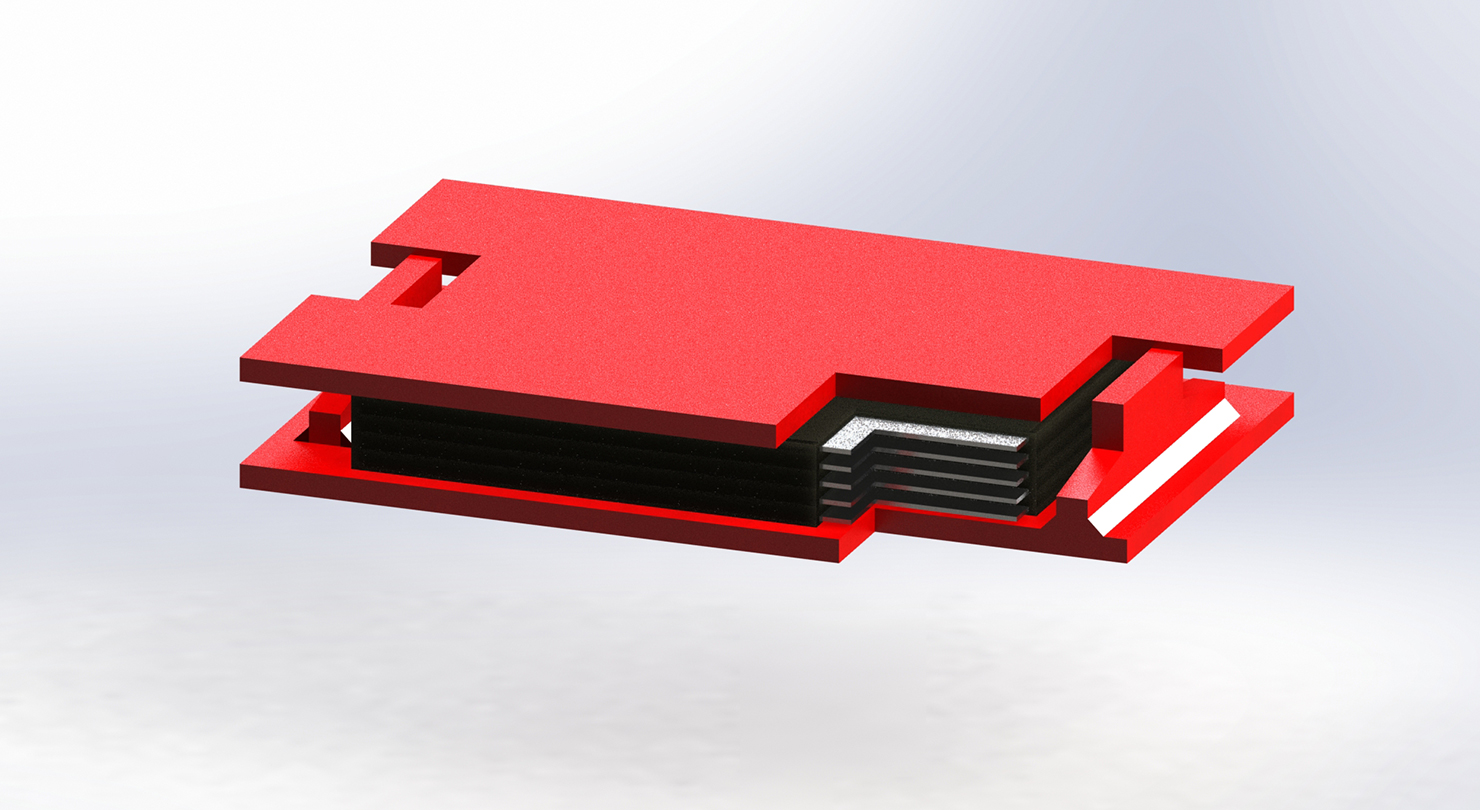
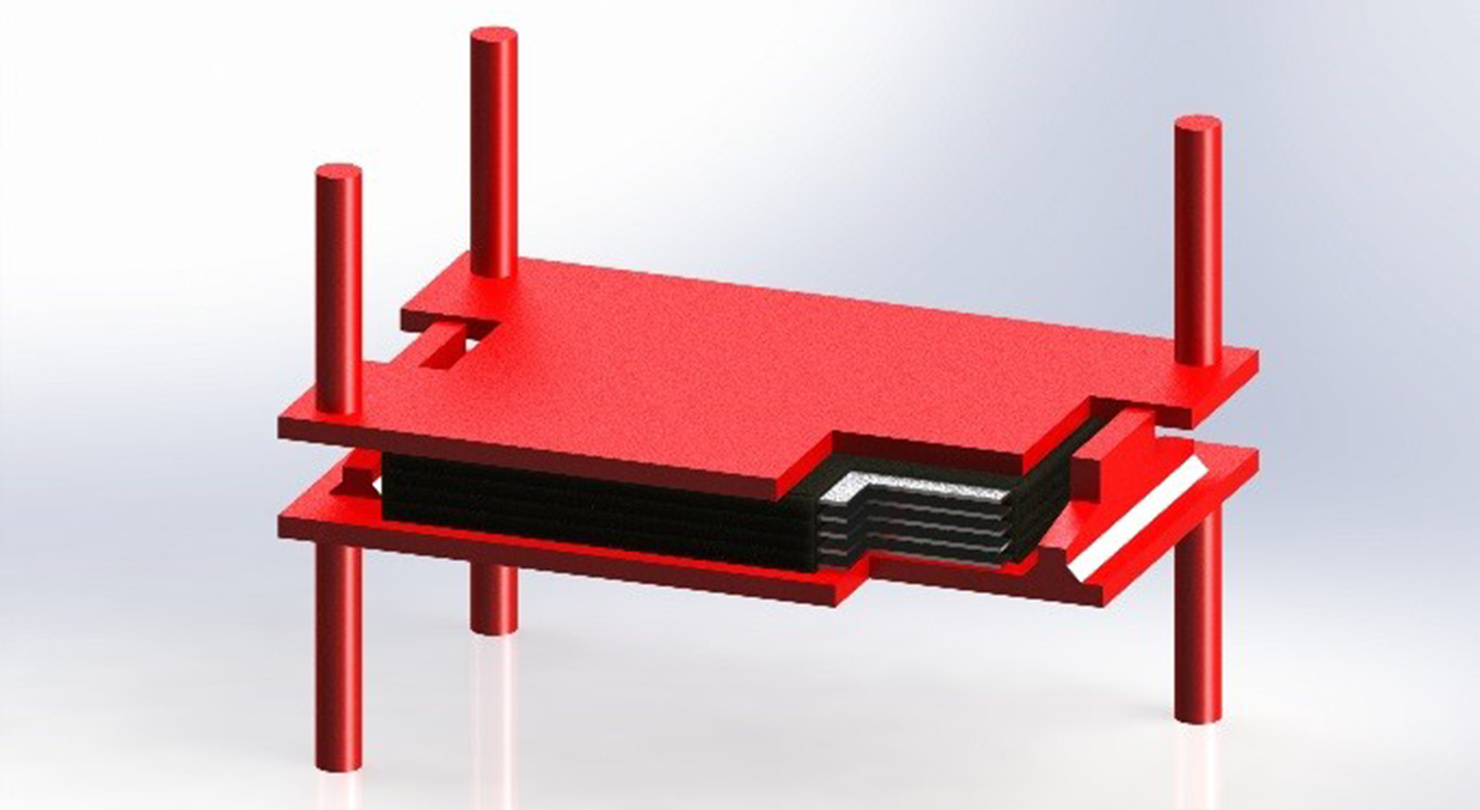
RG/A EN 1337-3 Type V
With restrained horizontal deformation in both directions. Suitable to resist high horizontal forces, much more than a normal Type B bearing. It could be used in any kind of building by right anchorage and plates.
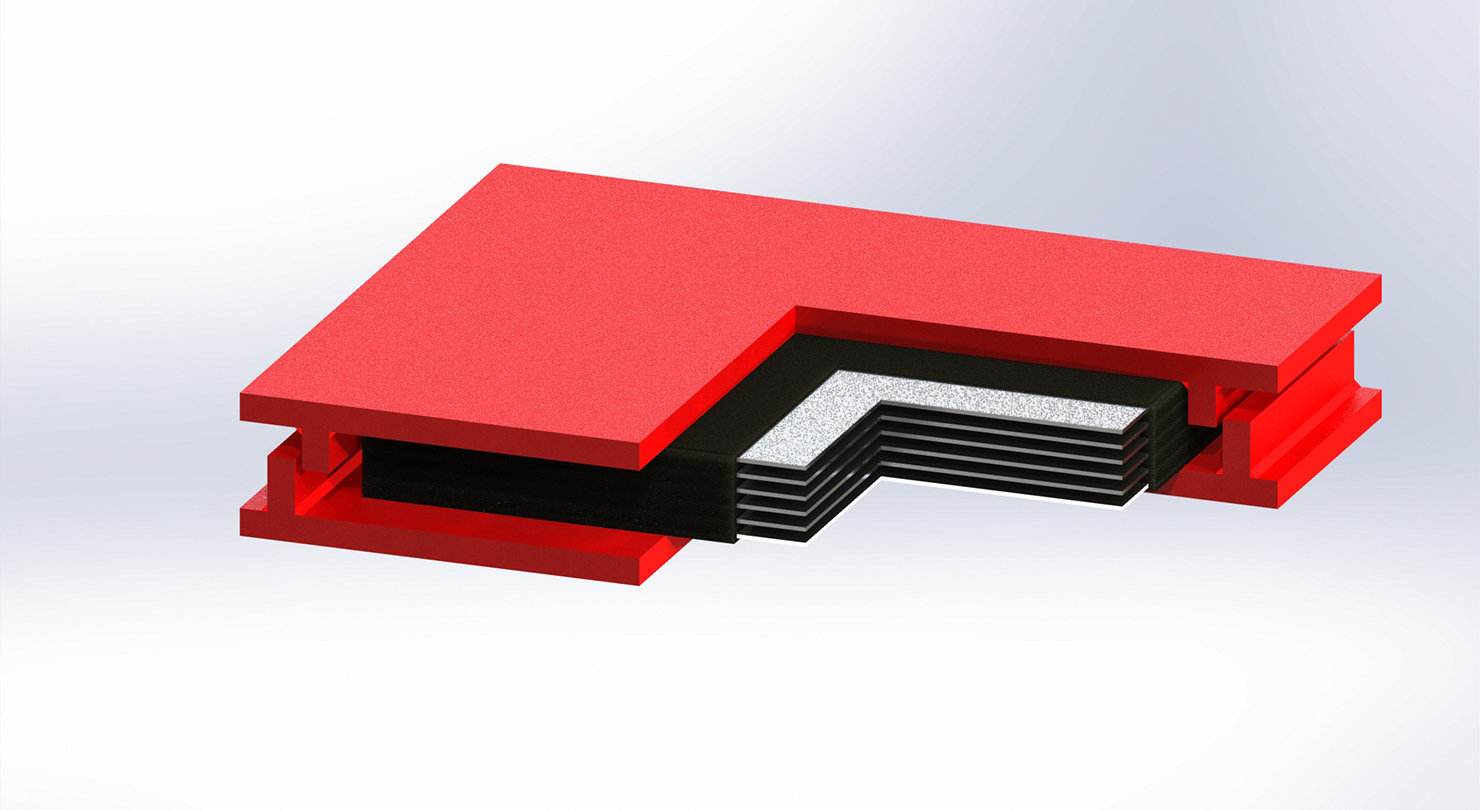
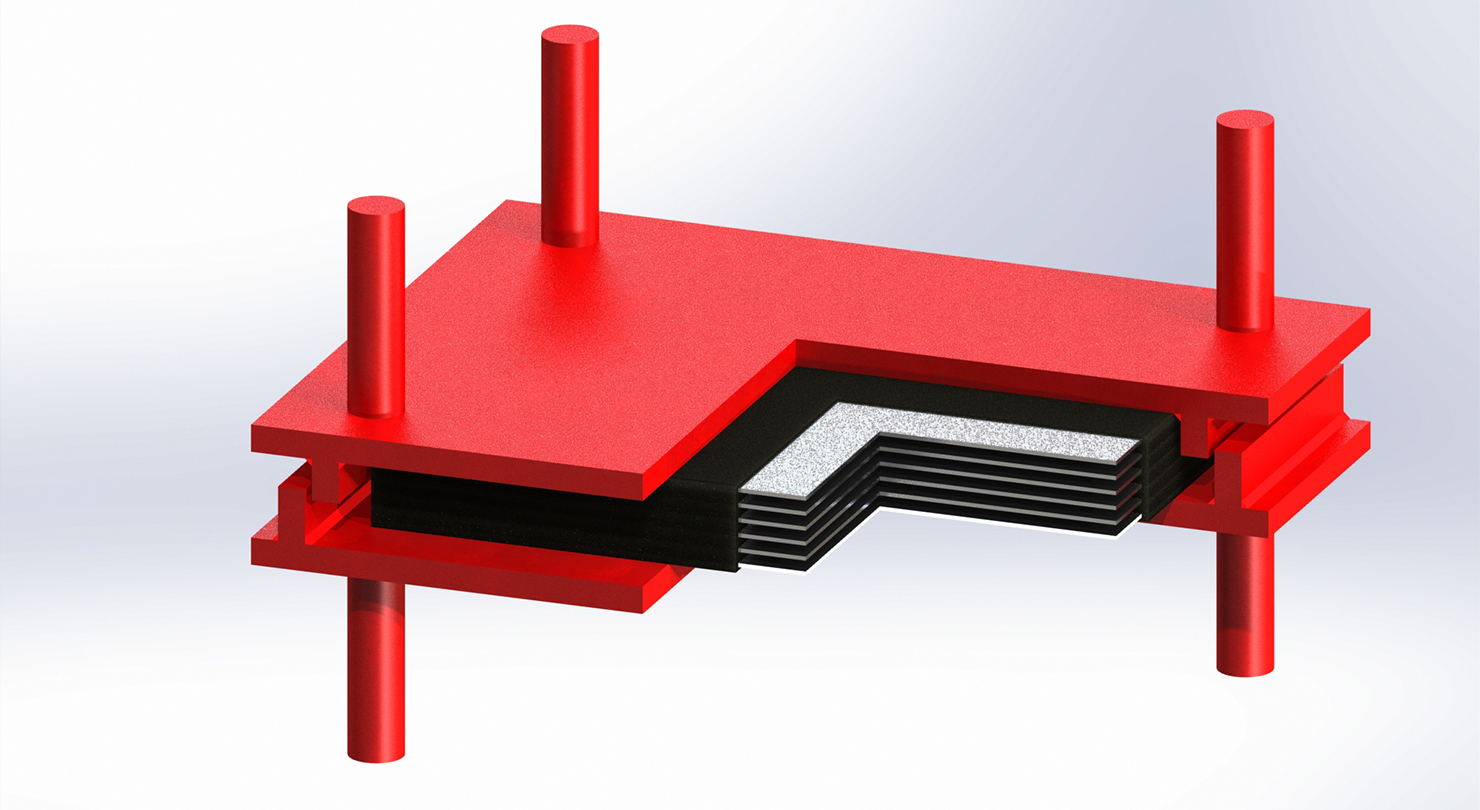
RG/A EN 1337-3 Type V1
With restrained horizontal deformation in one direction. Suitable to resist high horizontal forces in the restrained direction. In the other direction they behave like a normal rubber bearing Type B. It could be used in any kind of building by right anchorage and plates.

